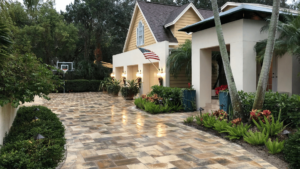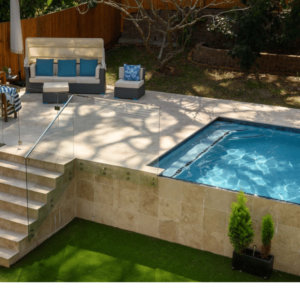Bricks have been a popular building material for centuries, and for good reason. Bricks offer durability, insulation, and aesthetic appeal to both residential and commercial buildings. With the advancement of technology, bricks have evolved and now come in a variety of thicknesses to suit different construction needs. In this article, we will explore the different types of thin bricks available on the market today.
Hook: Thin bricks offer the same durability and aesthetic appeal of traditional bricks, but with the added benefits of being lighter, easier to install, and more cost-effective.
Introduction: Thin bricks, also known as veneer bricks, are a popular option for interior and exterior walls. They are made of the same materials as traditional bricks but are much thinner, making them lighter and easier to install. Thin bricks are becoming increasingly popular because of their cost-effectiveness, versatility, and the ability to mimic the look of traditional bricks while providing insulation and soundproofing.
Types of Thin Bricks
Clay Thin Bricks Clay thin bricks are made from natural clay and are the most common type of thin brick. They are kiln-fired to give them strength and durability, and come in a variety of colors and finishes.
Concrete Thin Bricks Concrete thin bricks are made from a mixture of concrete and aggregates and are known for their strength and durability. They are ideal for high-traffic areas and are available in a variety of textures and colors.
Calcium Silicate Thin Bricks Calcium silicate thin bricks are made from a mixture of silica, lime, and clay. They are known for their fire resistance and durability and are often used in industrial and commercial buildings.
Glass Thin Bricks Glass thin bricks are made from recycled glass and are a unique option for interior and exterior walls. They provide natural light and are available in a variety of colors and finishes.
Advantages of Thin Bricks
Lighter Weight Thin bricks are much lighter than traditional bricks, making them easier to transport and install. This also means less stress on the building structure, making them a great option for older buildings.
Cost-Effective Thin bricks are more cost-effective than traditional bricks, as they require less material and labor to install.
Versatile Thin bricks come in a variety of colors, textures, and finishes, making them a versatile option for any design style. They can be used to mimic the look of traditional bricks or create a unique look for your building.
Insulation and Soundproofing Thin bricks provide insulation and soundproofing, making them a great option for both residential and commercial buildings.
Disadvantages of Thin Bricks
Durability Thin bricks may not be as durable as traditional bricks, as they are made from a thinner layer of material.
Weather Resistance Thin bricks may not be as weather-resistant as traditional bricks, as they are more susceptible to cracking and chipping in extreme weather conditions.
Installation Thin bricks may require specialized skills and equipment to install, as they are thinner and more delicate than traditional bricks.
Conclusion: In conclusion, thin bricks are a cost-effective, versatile, and attractive option for interior and exterior walls. They come in a variety of materials, colors, and finishes and offer benefits such as lighter weight, insulation, and soundproofing. However, it’s important to consider their






